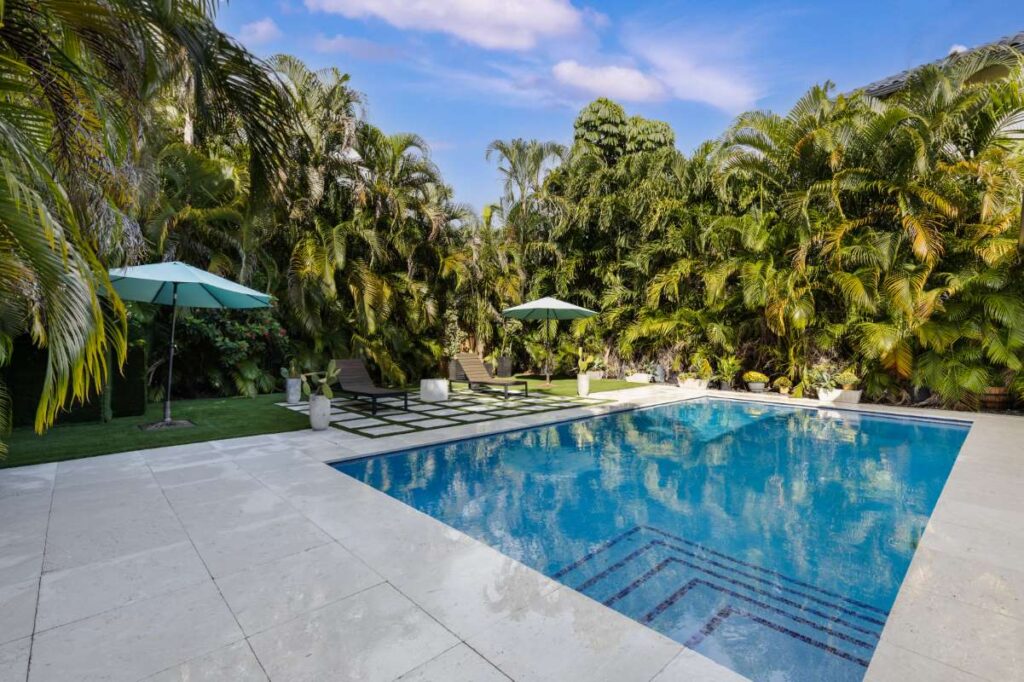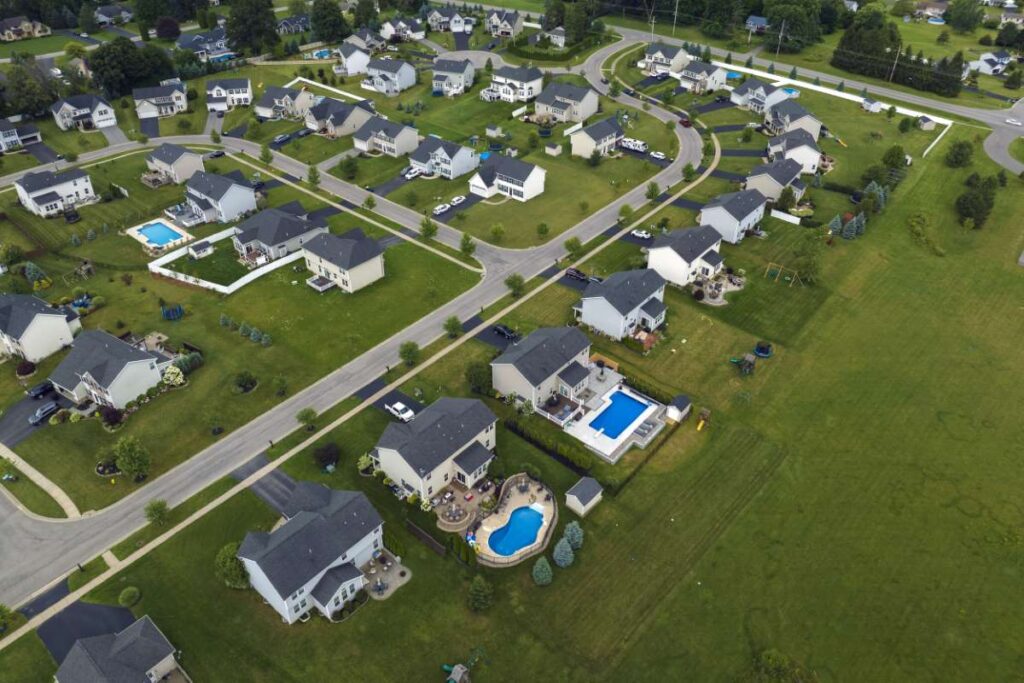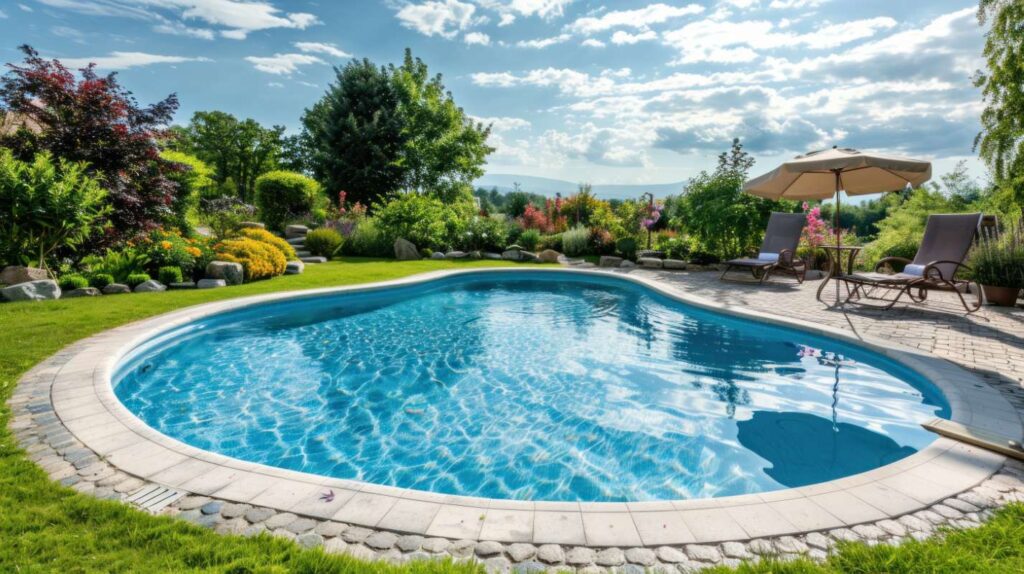Common Pool Plumbing Issues and Their Quick Fixes
Discover common pool plumbing issues and their quick fixes to keep your pool running smoothly and efficiently, ensuring a relaxing experience every time.
This comprehensive guide delves into the most frequent plumbing problems pool owners face and offers quick, effective solutions to keep your pool in top shape. From leaks to clogs, understanding these common issues can save you time, money, and hassle, making your pool experience enjoyable and stress-free. We’ll also explore how proper maintenance can prevent these problems and discuss what to do when they arise.
Introduction
Pools are a fantastic addition to any home, providing a place for relaxation, exercise, and entertainment. However, with the joys of pool ownership come the responsibilities of maintenance, particularly concerning plumbing systems. Pool plumbing issues can disrupt your enjoyment and lead to costly repairs if not addressed promptly. In this article, we’ll walk you through some of the most common plumbing problems pool owners encounter and their quick fixes. Understanding these issues will empower you to maintain your pool efficiently and enjoy a seamless swimming experience.
1. Leaking Pools: Identifying and Fixing the Problem
One of the most concerning plumbing issues a pool owner can face is a leak. A leak can lead to water loss, increased chemical usage, and higher utility bills. Signs of a leak include:- Significant water loss (more than ¼ inch per day).- Wet spots around the pool area.- Increased water bill without added usage.Quick Fixes:1. Visual Inspection: Begin by inspecting your pool’s surface for cracks or damage in the coping or tiles. Pay close attention to areas around the skimmer and main drain.2. Bucket Test: Place a bucket filled with water on a step in the pool. Mark the water level inside the bucket and the pool. After 24 hours, compare the two levels. If the pool level has dropped more than the bucket, you likely have a leak.3. Seal Small Cracks: For minor cracks, you can use a pool repair kit that includes sealants specifically designed for underwater use. Follow the manufacturer’s instructions for best results.4. Professional Help: If the leak is significant or difficult to locate, consider hiring a professional to perform a thorough leak detection service.
2. Clogged Pool Drains: Causes and Solutions
Clogged pool drains can lead to poor circulation and filtration, which can compromise water quality. Common causes of clogged drains include:- Leaves and debris.- Hair and organic matter.- Calcium deposits.Quick Fixes:1. Skim Regularly: Use a skimmer net to remove leaves, debris, and other materials from the water surface regularly to prevent clogging.2. Clean Drains: Regularly inspect and clean your drains by removing any visible obstructions. Use a plumbing snake or a wet/dry vacuum to remove stubborn clogs.3. Chemical Flush: If the clog persists, consider using a pool-safe plumbing cleaner to dissolve any buildup. Be sure to follow the instructions carefully to avoid damaging your plumbing.4. Consult a Professional: If the problem continues after these steps, there may be deeper issues in your plumbing system that require professional assessment.
3. Pump Problems: Diagnosing Common Issues
The pool pump is the heart of your pool’s plumbing system, and any problems with it can lead to significant issues. Common pump problems include:- Noisy operation.- Poor water circulation.- Overheating.Quick Fixes:1. Check the Power Supply: Ensure the pump is receiving power. Inspect the circuit breaker and reset if necessary.2. Clear the Strainer Basket: Debris in the strainer basket can impede water flow. Remove the basket and clean it regularly.3. Inspect for Air Leaks: Air leaks can cause pumps to lose prime. Check the pump lid and fittings for tightness and replace any worn O-rings.4. Professional Maintenance: If issues persist, it may be time to consult a professional to evaluate the pump’s internal components.
4. Ineffective Pool Filters: Common Issues and Remedies
A well-functioning filter is crucial for keeping your pool water clean and clear. If your pool’s filter is not working effectively, you may notice cloudy water or an increase in debris. Common filter issues include:- Dirty or clogged filter media.- Incorrect flow rates.- Damaged filter components.Quick Fixes:1. Regular Cleaning: Clean or backwash your filter regularly, depending on the type of filter you have—cartridge, sand, or DE filters require different cleaning methods.2. Check Pressure Gauges: Monitor the pressure gauge on your filter. A reading that is significantly higher than normal indicates a clogged filter that needs attention.3. Inspect Filter Media: For cartridge filters, replace the filter media as needed. For sand filters, replace the sand every 3-5 years.4. Consult Manufacturer Instructions: Always refer to your filter’s manual for specific maintenance guidelines to ensure optimal performance.
5. Broken Pool Heater: Troubleshooting Tips
A broken pool heater can put a damper on your swimming experience, especially during colder months. Common issues with pool heaters include:- Insufficient heating.- Heater not turning on.- Strange noises or odors.Quick Fixes:1. Check the Thermostat: Ensure the thermostat settings are correct. Sometimes, a simple adjustment can resolve heating issues.2. Inspect for Blockages: Clear any debris that may be blocking the heater’s intake or output vents.3. Reset the Heater: Many heaters have a reset button. If your heater shuts off unexpectedly, try resetting it.4. Professional Service: If the heater fails to operate correctly after these steps, it may require professional inspection or repair.
6. Understanding Pool Maintenance: Best Practices
Preventative maintenance is key to avoiding many common pool plumbing issues. Here are some best practices to keep your pool in top condition:- Regular Inspections: Regularly inspect all aspects of your pool system, including plumbing, filters, pumps, and heaters.- Routine Cleaning: Keep your pool clean by skimming debris, vacuuming regularly, and maintaining proper chemical balances.- Monitor Water Levels: Keeping an eye on water levels can help you identify leaks early, preventing costly damage.- Educate Yourself: Invest time in learning about pool maintenance, or consider joining a training program like
Pool Routes Training to enhance your knowledge.
Conclusion
Navigating plumbing issues is an integral part of pool ownership. By recognizing common plumbing problems and implementing quick fixes, you can maintain a beautiful and functional pool. Regular maintenance is essential in preventing these issues from arising, ensuring your pool remains a source of enjoyment for years to come. If you’re considering expanding your business in the pool maintenance industry, explore
Pool Routes For Sale to find the perfect opportunity. With the right support and knowledge, you can become an expert in pool management and deliver exceptional service to your clients. Don’t hesitate to reach out for guidance or assistance—your perfect pool experience is just a few steps away!



